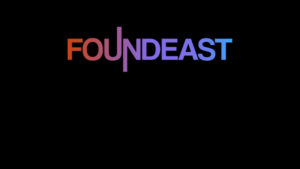You’ve probably noticed how the online learning industry is booming, right? I mean, it’s hard not to see it. And if you’ve been thinking about diving into this lucrative world, you’re in the right place.
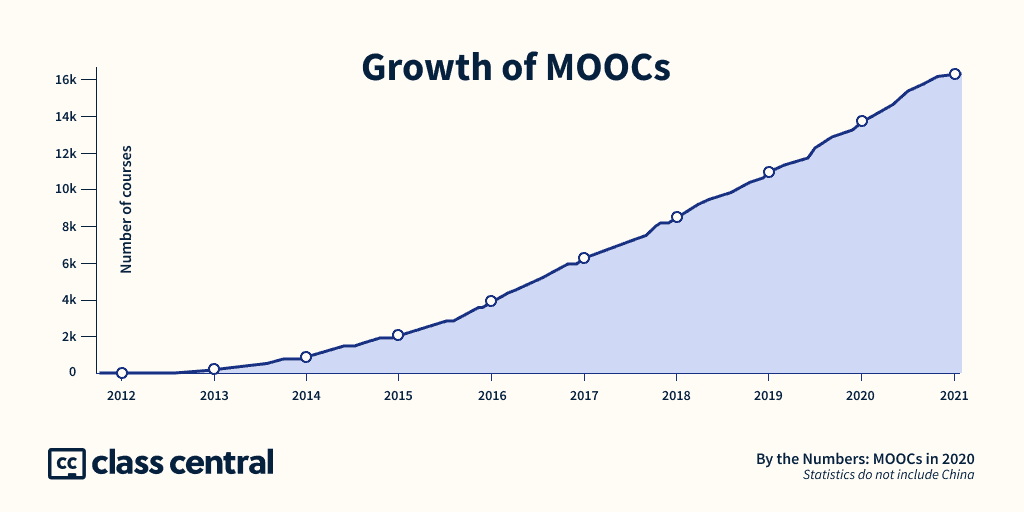
Online course creation has become a go-to revenue source for entrepreneurs, experts, and content creators like you. And the best part? It’s not just for the “big guys”–you too can cash in on this trend.
In this article, I’m going to walk you through everything you need to know about creating and monetizing your very own online course. From identifying your niche to marketing your masterpiece, we’ve got you covered.
So, get ready to take some notes and start making money online with course creation!
How to Find an Online Course Niche
Alright, let’s talk about finding your course niche. This is super important because if you don’t get this part right, you might end up creating a course that nobody wants. And trust me, you don’t want that.
So, here’s the deal:
- Think about your passions and expertise: What are you really good at? What do you love talking about? Remember, you’re going to be spending a lot of time creating and promoting this course, so it’s crucial to choose something you’re passionate and knowledgeable about.
- Market research is your friend: Don’t just assume people will want to learn what you’re teaching. Do some digging to find out if there’s a demand for it. Use tools like Google Trends, keyword research, and check out platforms like Udemy and Coursera to see what’s popular.
- Scope out the competition: Look at what others are doing in your chosen niche. Are there already loads of courses covering the same topic? If yes, don’t worry – it’s not a deal-breaker. It just means you need to find a unique angle or a gap in the market that your course can fill.
- Validate your idea: Before you go all-in on creating your course, test the waters. Talk to friends, family, or potential customers to see if they’d be interested in what you want to teach. You can even run a small pre-launch or create a mini-course to gauge interest.
Remember, the key here is to find a niche that strikes the perfect balance between your passion, expertise, and market demand. So, take your time, do your homework, and I promise you’ll be on your way to creating an online course that people will love and, more importantly, pay for!
Designing Your Course Structure
Okay, now that you’ve found your perfect niche, it’s time to get down to the fun part–designing your course! But where do you even start? Don’t stress. I’ve got you covered with some super useful tips to make your course design process a breeze. Let’s dive in:
- Learning objectives are key: First things first, you’ve got to know what your students will learn by the end of your course. What skills or knowledge will they gain? Be clear and specific, because this will help you create focused and relevant content.
- Break it down: It’s important to make your course easy to digest. So, split it up into modules and lessons. This will help you organize your content and make it simple for your students to follow along.
- Keep it engaging: Nobody likes a snoozefest, right? So, mix it up by adding different types of content–videos, text, quizzes, you name it. This will not only keep your students engaged but also cater to different learning styles.
- Quality matters: When it comes to course design, presentation is crucial. Invest time in creating visually appealing slides, videos, and other materials. And don’t forget about the audio, make sure your sound quality is top-notch.
- Practicality is key: Your students want to put their new skills to use, so give them the opportunity to practice. Include exercises, assignments, and real-life examples to help them apply what they’ve learned.
- Keep it concise: You want to pack a punch with your content, but don’t overdo it. Keep your lessons focused and to-the-point. Trust me, your students will thank you.
Which Course Platform Should I Choose?
Alright, let’s chat about course platforms. You see, picking the right platform is super important because it’s where your course will live and how your students will access it. Two popular options are Teachable and Udemy, and both have their unique perks.
Teachable is awesome if you’re looking for more control over your course and brand. With Teachable, you can customize the look and feel of your course site, giving it a personal touch. They also offer features like quizzes, surveys, and student discussions to keep your students engaged. Plus, you can integrate with email marketing services and other third-party tools, which is super helpful for growing your audience.

When it comes to pricing, Teachable offers different plans. The basic plan starts at $29 per month, and as you level up to their pro and business plans, you unlock more features like advanced reporting, affiliate marketing, and more. Keep in mind they charge a 5% transaction fee on the basic plan, but the good news is there are no fees on the higher-tier plans.
Now, let’s talk about Udemy. It’s a massive online course marketplace with millions of students. The cool thing about Udemy is that it gives you instant exposure to a large audience, which can be a big plus if you’re just starting out. They handle all the marketing and promotion, so you can focus on creating great content.

However, there’s a trade-off. Since Udemy is a marketplace, they have more control over pricing and promotions. This means they might discount your course during sales, and you’ll have to share revenue with them. For organic Udemy sales, you get 37% of the revenue, while for sales you bring in through your own promotions, you keep 97%.
So, which one’s right for you? Well, it depends on your needs and goals. If you’re after more control, branding, and pricing flexibility, Teachable might be the way to go. But if you want access to a huge audience and don’t mind sharing revenue, Udemy could be a great option.
Remember, these are just two of the many platforms out there. Take your time, do your research, and choose the one that best aligns with your vision and goals.
How Much Should I Sell My Course For?
Alright, so you’ve got your course all ready to go, and now you’re wondering, “How on earth do I price this thing?” Let’s dive into the world of course pricing and talk about low ticket vs. high ticket courses.
First off, pricing your course is a bit of an art and a science. You want to find that sweet spot where your price reflects the value of your course but also makes it accessible to your target audience. So, how do you do that?
Start by researching the competition. Look at what similar courses are charging and use that as a starting point. But don’t just copy their prices; think about the value you’re offering, too. If your course has more content, better quality, or additional features, don’t be afraid to charge more.
Now, let’s talk about low ticket and high ticket courses. Low ticket courses are typically priced lower, think under $100. These courses usually cover a specific topic or skill and are great for attracting a large number of students. The idea here is that you can sell more courses at a lower price, which can still generate a decent income.
An example of a low ticket offer is what you find on Udemy. The courses are $20-$30 on average, making them more accessible.
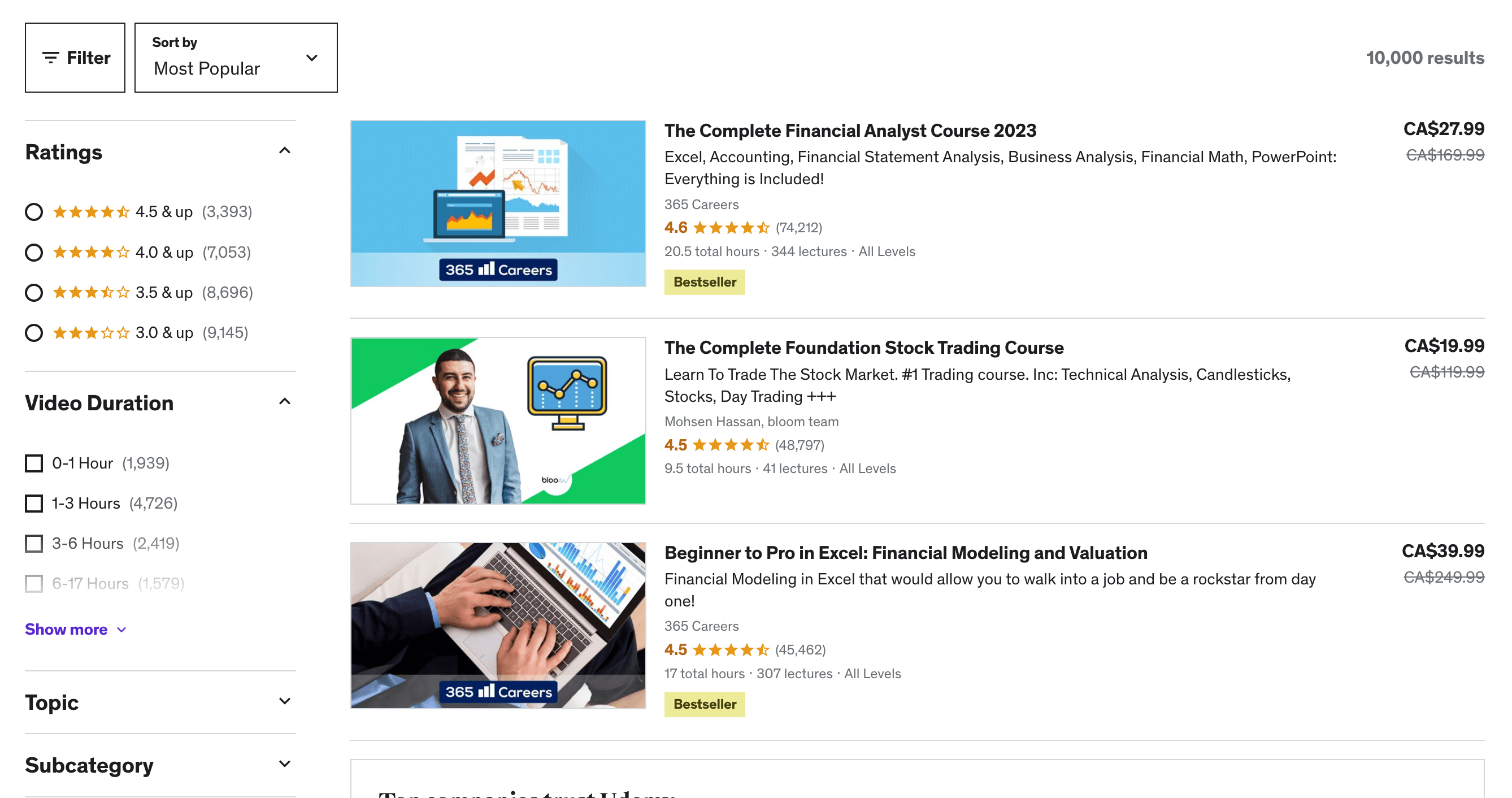
On the other hand, high ticket courses are priced higher, sometimes going up to thousands of dollars. These courses tend to be more comprehensive, offering in-depth knowledge, personalized support, or even one-on-one coaching. The idea with high ticket courses is that you can make more money with fewer sales because of the higher price point.
The copywriting course, RMBC Method, is an example of a high-ticket course because it’s priced at $997.

So, which one should you choose? It really depends on your goals, audience, and the value you’re providing. If you’re targeting beginners or want to attract a larger audience, a low ticket course might be a better fit. But if you’re offering advanced knowledge or personalized support, a high ticket course could make more sense.
Remember, there’s no one-size-fits-all answer to course pricing. It’s all about finding the right balance between value and affordability. So, do your research, test different price points, and don’t be afraid to tweak your pricing as you learn more about your audience and market.
How to Market Your Online Course
Okay, so you’ve got your course all set up and priced just right. But now comes the real challenge–marketing it and driving those sales! Fear not, I’ve got some awesome tips to help you get the word out and make sure your course is a hit.
First things first, you’ve got to know who your target audience is. I mean, you can’t market effectively if you don’t know who you’re trying to reach, right? So, get super clear on who your ideal students are, and then tailor your marketing message to speak directly to them.
Use this buyer persona template from OptinMonster to document who you are targeting.
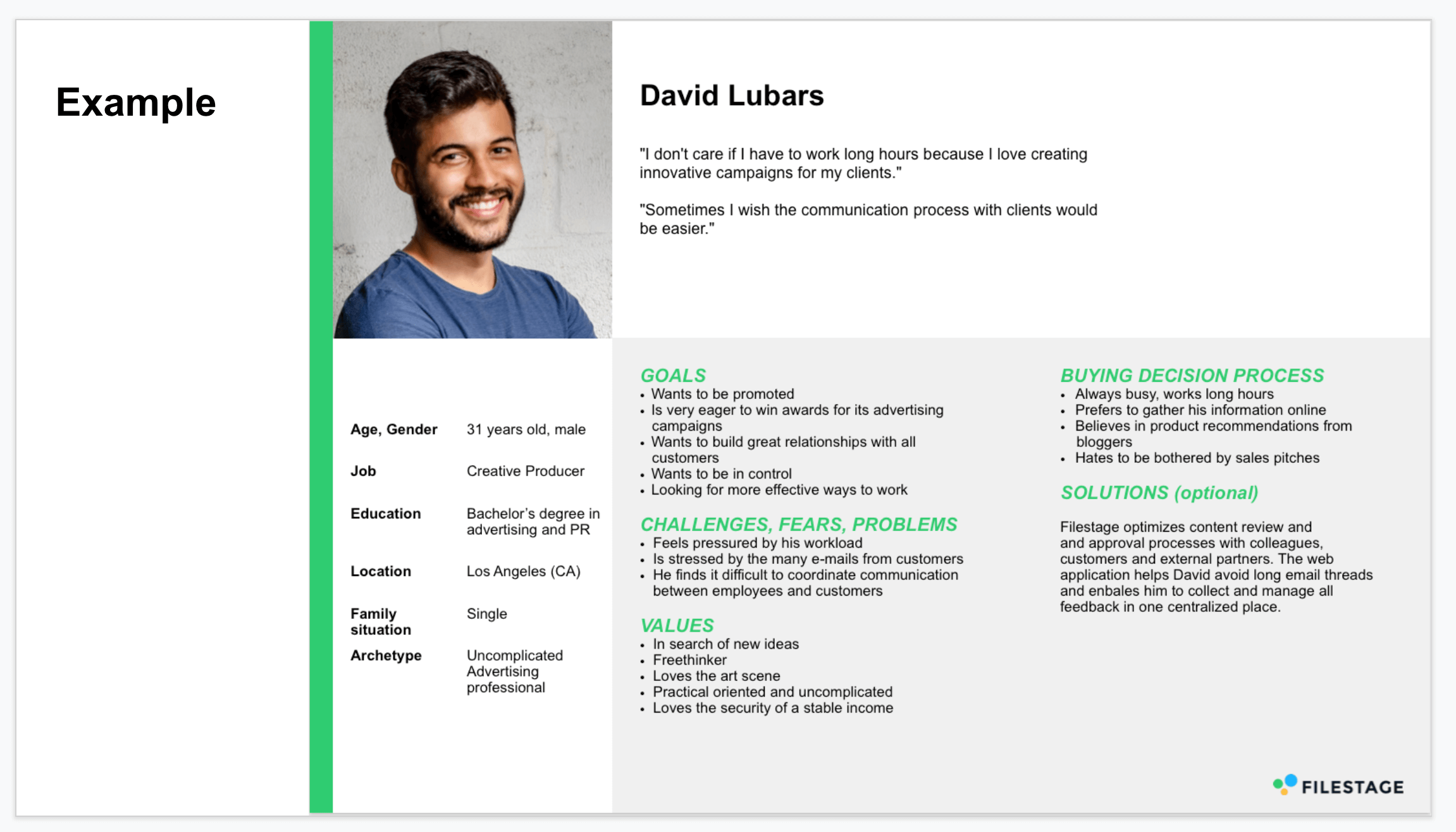
Now, let’s talk content marketing. It’s a powerful way to attract your target audience by sharing valuable, relevant content that resonates with them. Think blog posts, podcasts, and YouTube videos–all designed to educate, entertain, and build trust with your audience. The goal here is to position yourself as an expert and show your potential students that you know your stuff.
Nowadays, video content is the most popular format among marketers, followed by written content. This is because channels like TikTok and YouTube shorts are so effective.
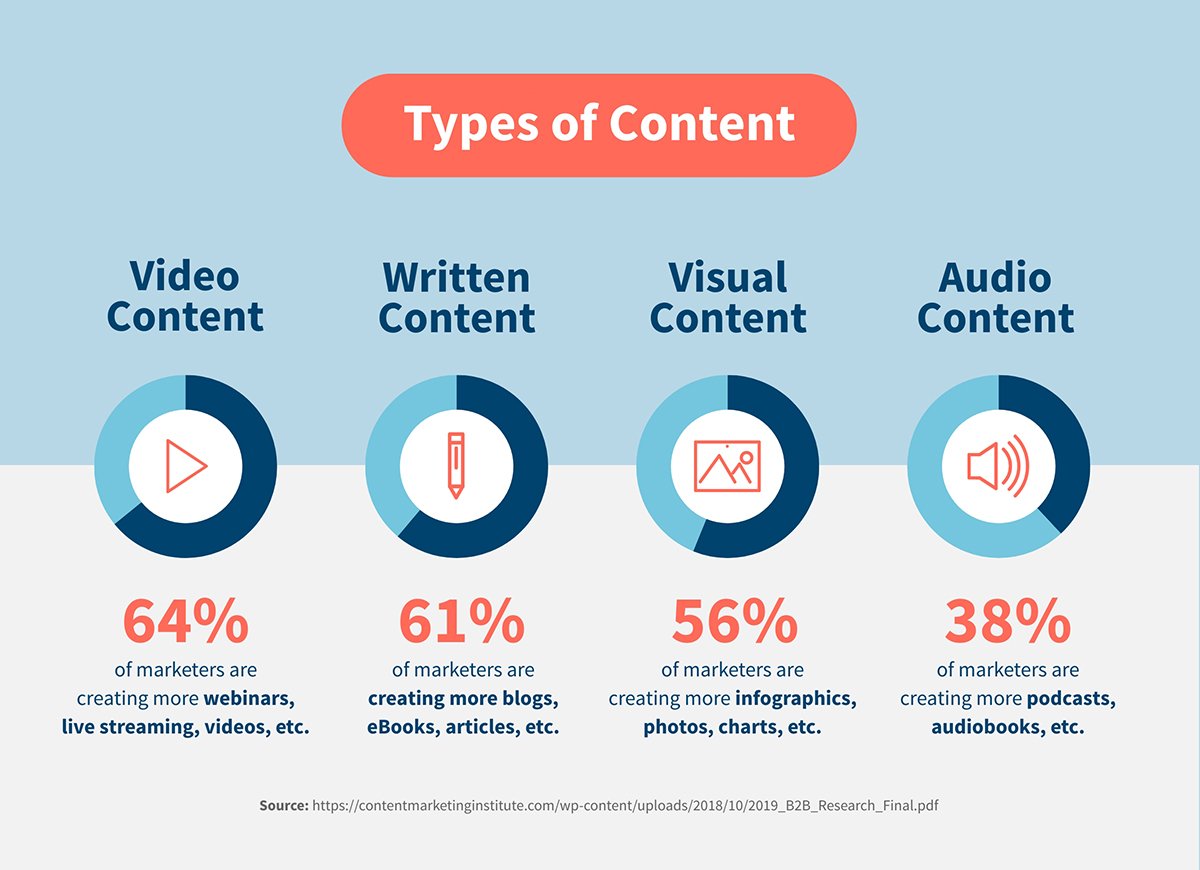
Don’t underestimate the power of an email list, too. 69% of marketers use email marketing, and for a good reason. Building a list of interested subscribers is like having your very own dedicated fanbase. You can share updates, promotions, and valuable content directly with your audience, and when it’s time to launch your course, you’ve got a group of people who are already interested and ready to buy.
Oh, and let’s not forget about paid advertising and affiliate marketing. Paid ads can be a great way to reach a larger audience, but you’ve got to be smart about it. Make sure you’re targeting the right people and tracking your results, so you know what’s working and what’s not. I recommend starting with retargeting as it tends to be cheaper while driving steady conversions.
Let me break down some of these course marketing strategies further.
1. Build an Email List
Email marketing is a game-changer when it comes to marketing your online course. It’s one of the most effective ways to reach your audience and drive sales. So much, in fact, that there are million-dollar businesses grown through only email.
First up, you’ve got to build that list. How? Start by offering something valuable in exchange for people’s email addresses. Think lead magnets, like free ebooks, checklists, or mini-courses. This way, you’re attracting people who are interested in your topic and more likely to sign up for your course.
You may have noticed a newsletter signup at the top of my blog posts (including this one!) That’s an example of a lead magnet.
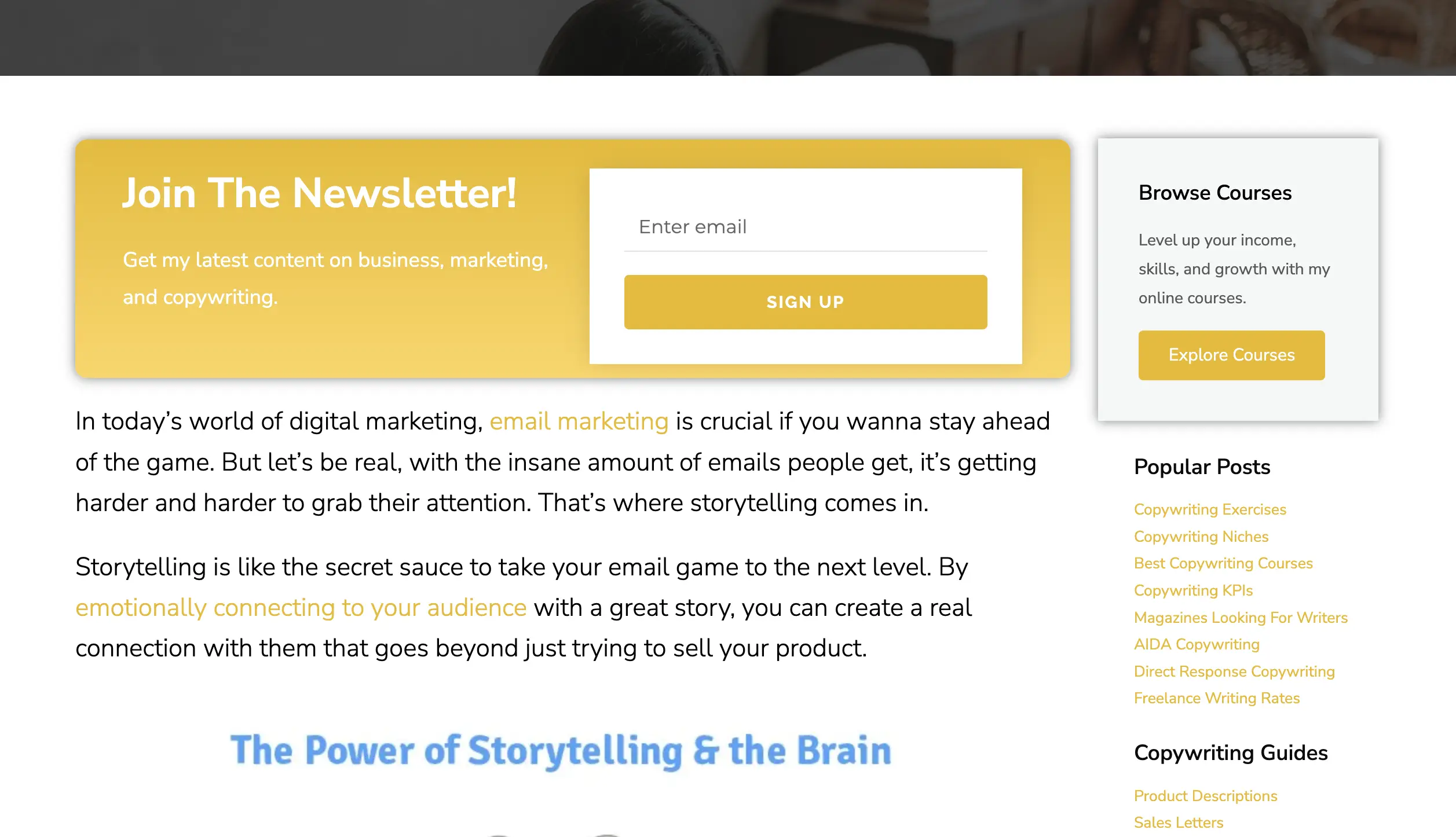
Once you’ve got your list, it’s time to get to know your subscribers. I’m talking about segmentation, my friend. You can send targeted emails that resonate with your audience by dividing your list into smaller groups based on factors like interests, location, or even their stage in the buyer’s journey. Trust me, personalization goes a long way.
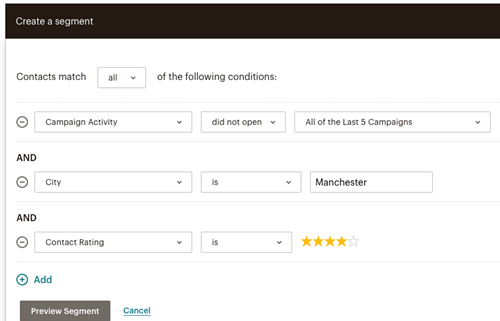
Now, when it comes to promoting your course, don’t just hit ’em with a sales pitch right away. You’ve got to nurture your relationship with your subscribers. Share valuable content, tips, and insights that’ll keep them engaged and excited about your course. It’s all about building trust and credibility.
When you’re ready to launch, create a well-planned email sequence that leads up to the big day. Start by teasing your course, sharing some behind-the-scenes content, or even offering a special pre-launch discount. Then, follow up with a series of emails that highlight the benefits of your course, answer common questions, and share testimonials from happy students.
Here’s an illustration of how you could set up a course funnel with email marketing:
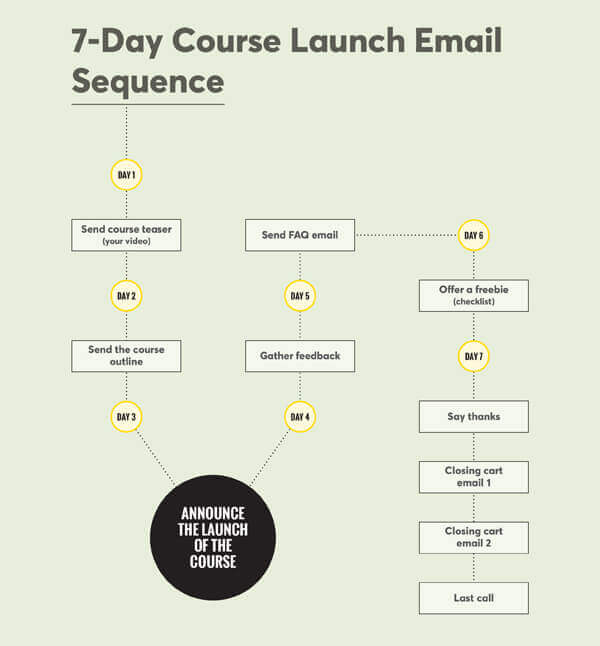
Don’t forget to add some urgency to your emails, too. Limited-time offers, special bonuses, or even a countdown timer can create a sense of scarcity that’ll encourage your subscribers to take action and enroll in your course.
2. Promote It on Social Media (But Don’t Over Do It)
With billions of people using platforms like Facebook, Instagram, and LinkedIn, it’s a no-brainer that you’d want to tap into this massive audience. In fact, 71.7% of businesses use social media to reach their audience.
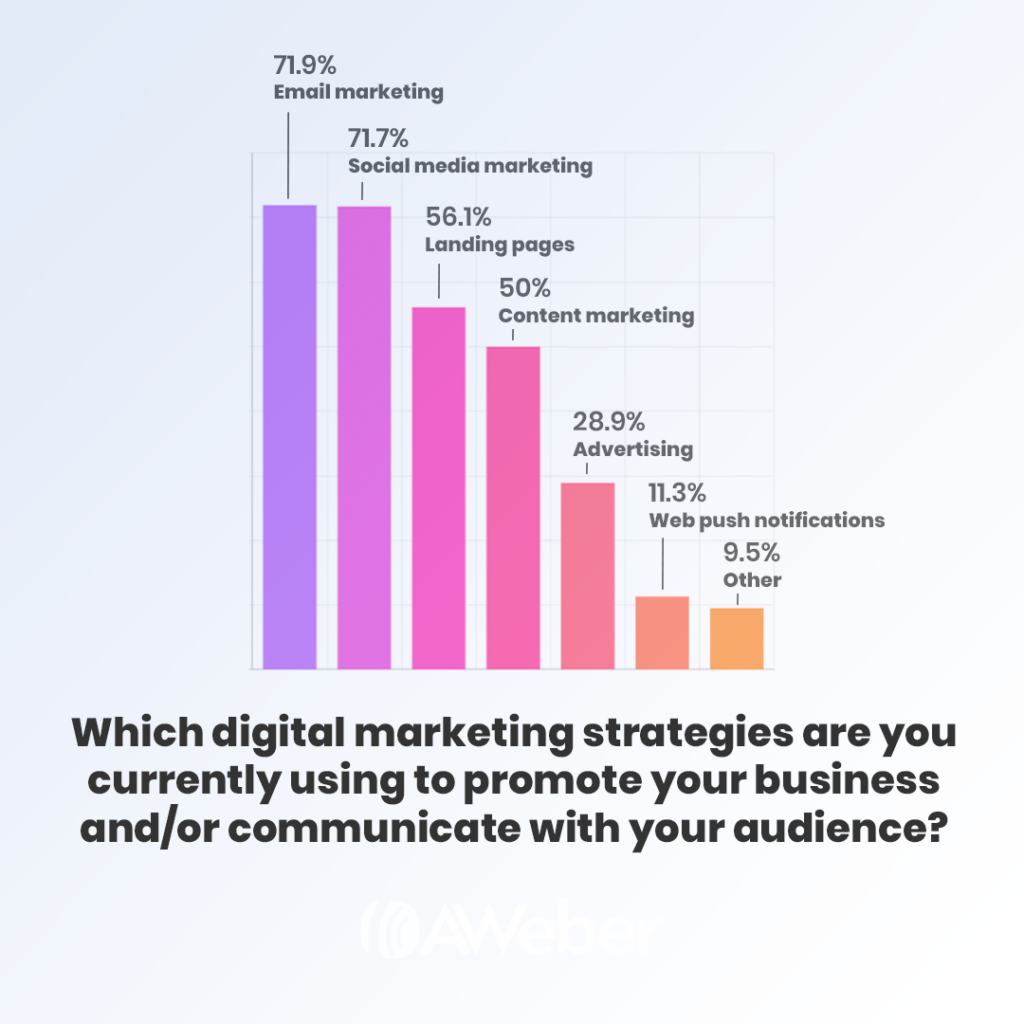
First things first, you’ve got to know where your audience hangs out. I mean, there’s no point in being active on every platform if your target students aren’t even there. Look at other course creators in your niche to get an idea of where they are marketing on social media.
Now, it’s not just about promoting your course. Sure, you want to let people know about it, but you’ve also got to provide value and build relationships. Share engaging content that educates, entertains, and connects with your audience. Think blog posts, videos, infographics, and even behind-the-scenes peeks into your course creation process.
For example, Pat Flynn from Smart Passive Income regularly tweets his content, earnings, and not just products.
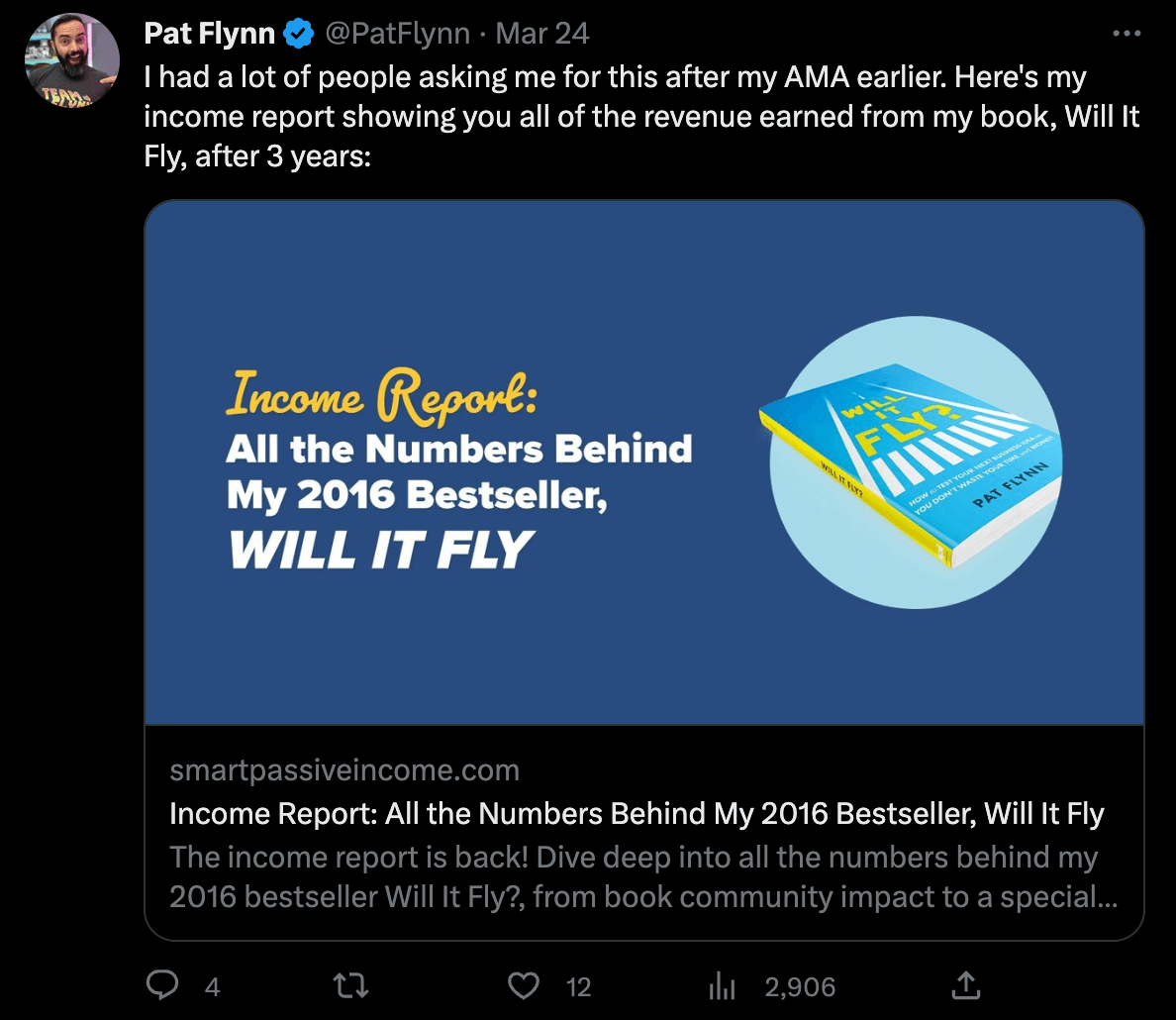
Don’t be shy about leveraging user-generated content, too. Encourage your students to share their experiences, testimonials, or even their own content related to your course. This not only adds social proof but also helps create a community around your course.
Look how Alex Cattoni used the success story of one of her students as a great piece of social media content.
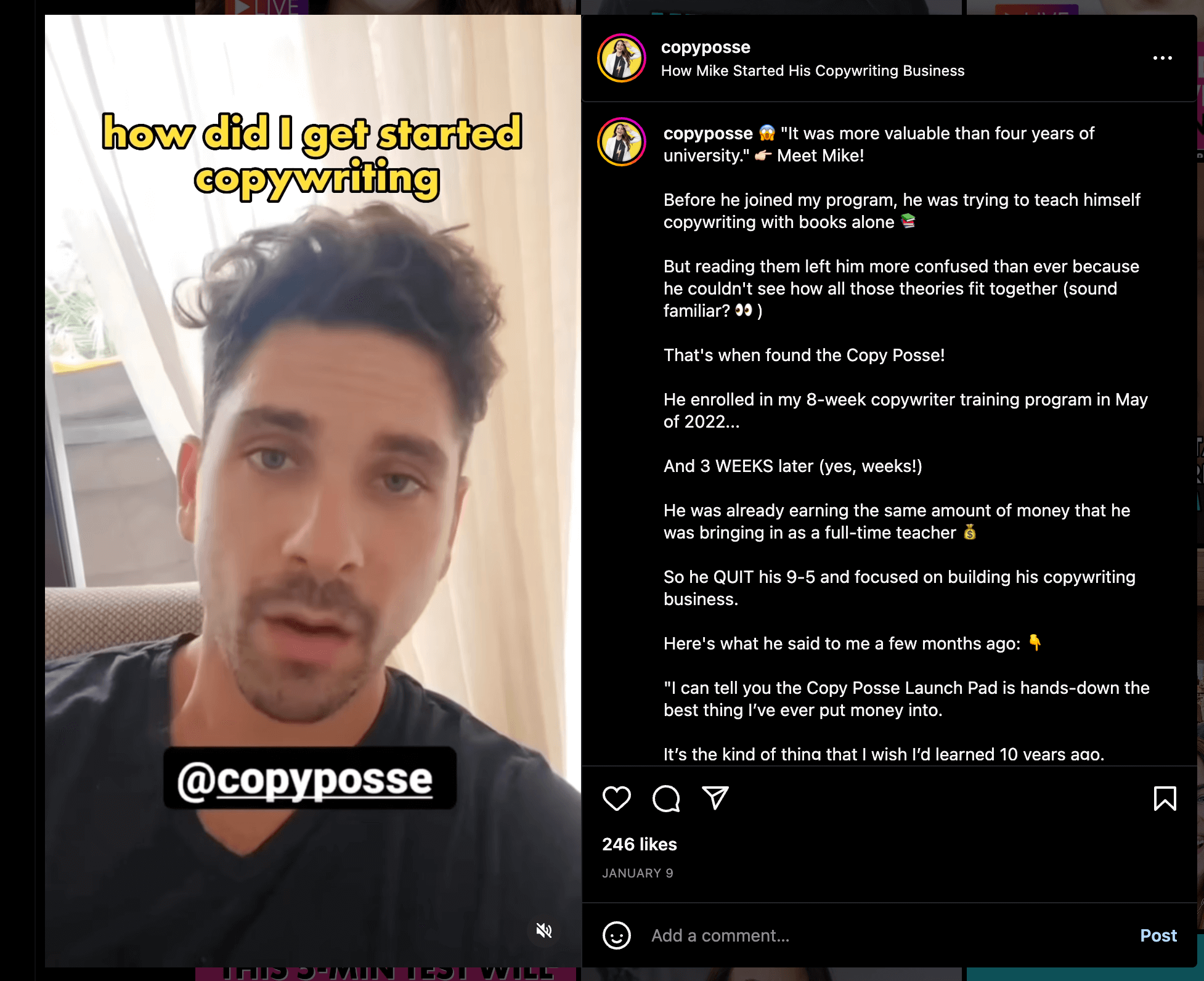
And hey, why not get creative with your social media marketing? Use things like Instagram Live or Facebook Live to host Q&A sessions, share tips, or even give mini-lessons. This is a great way to showcase your expertise and give your audience a taste of what they can expect from your course.
Paid advertising can also be a powerful tool in your social media marketing arsenal. Platforms like Facebook and Instagram offer highly targeted ad options that let you zero in on your ideal audience. Just make sure you’re tracking your results and tweaking your campaigns to optimize performance.
That brings me to my next idea.
3. Drive Sales With Facebook Ads
Facebook Ads, my friend, can be a goldmine when it comes to marketing your online course. With billions of monthly active users, Facebook offers an incredible opportunity to reach your target audience. So, let’s talk about how to make the most of Facebook Ads for your course.
First up, you’ve got to get your targeting on point. I mean, you don’t want to waste your ad budget on people who aren’t interested in your course, right?
Facebook’s targeting options are crazy powerful, allowing you to zero in on your ideal audience based on things like age, location, interests, and even behaviors. So, take the time to really understand your target students and create a detailed audience profile for your ads.
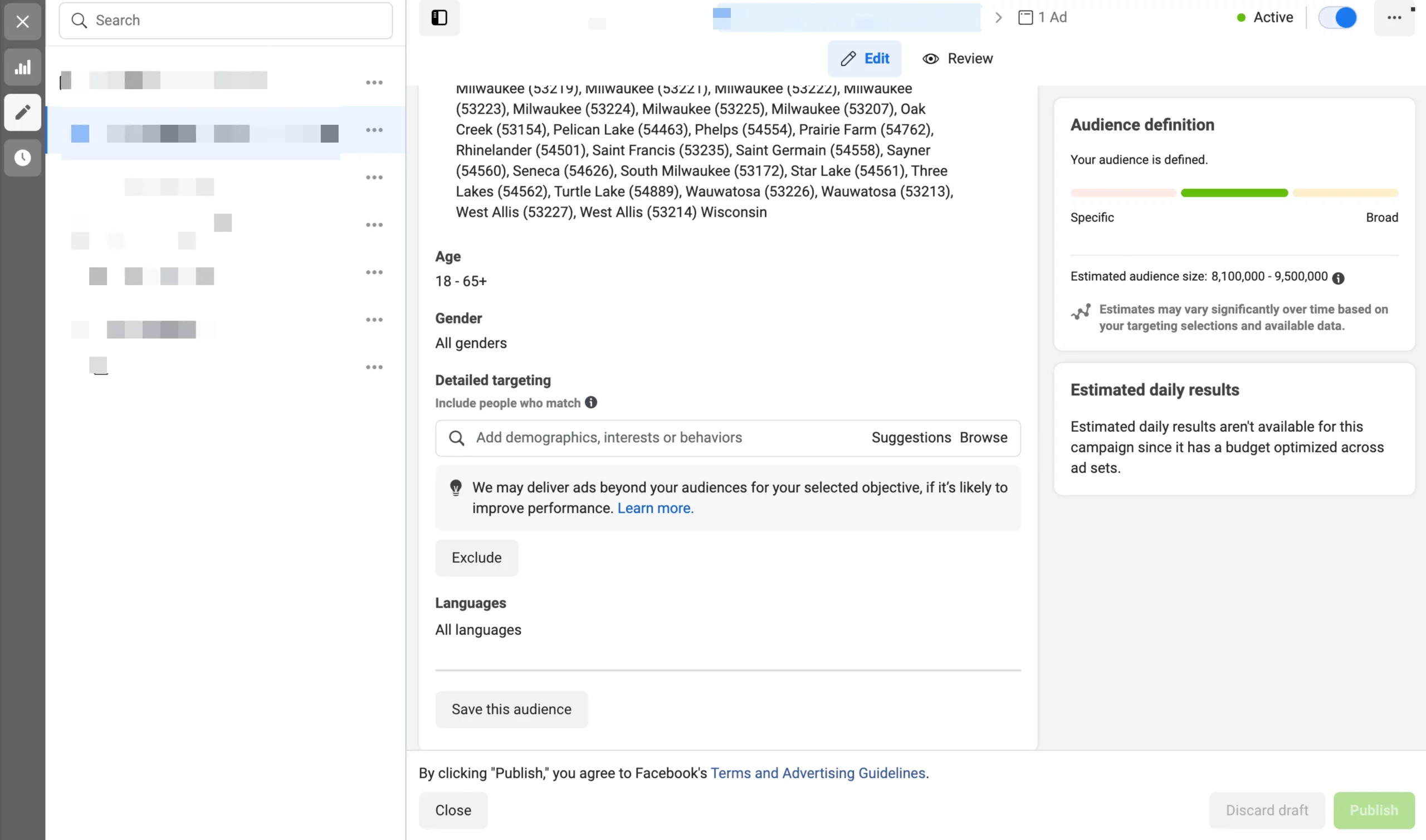
Now, when it comes to crafting your ad creative, you want to make sure it grabs attention and gets people to click. Use eye-catching visuals, strong headlines, and clear calls-to-action that showcase the benefits of your course. And hey, don’t be afraid to test different ad formats, like video, carousel, or simple images.
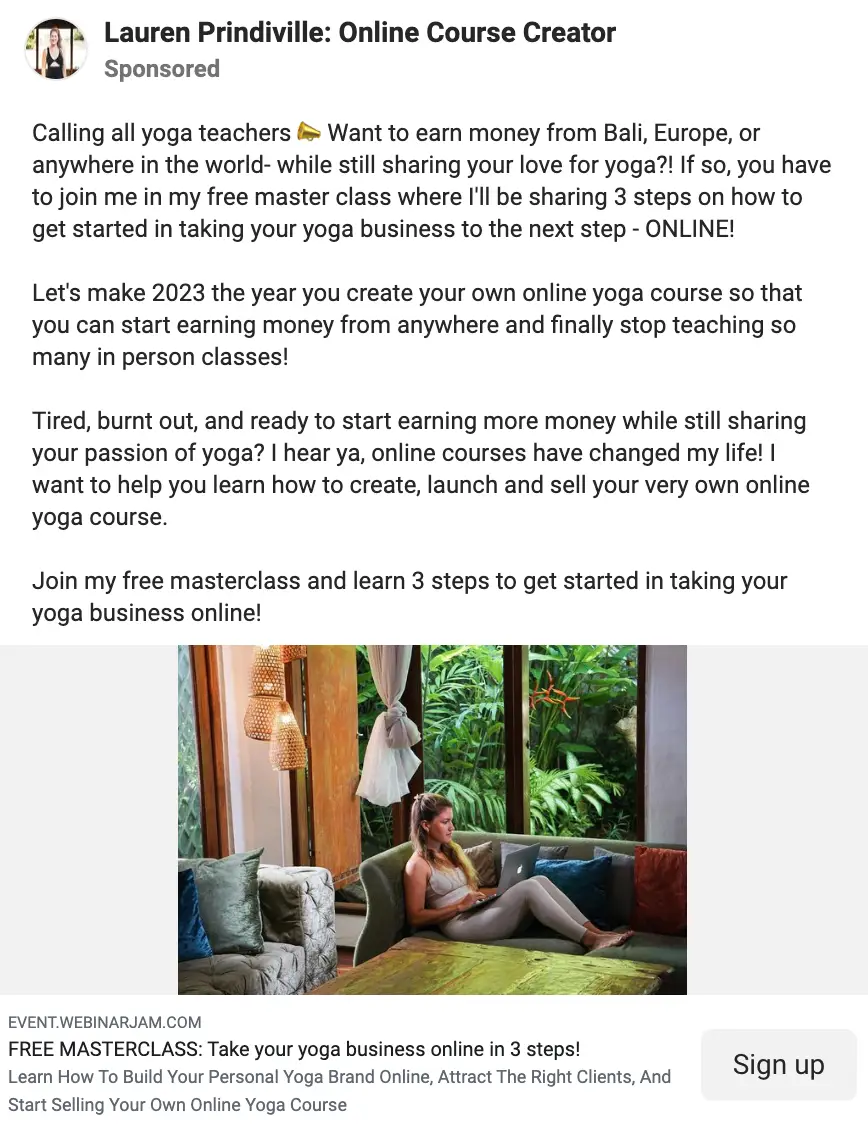
But here’s the thing, running successful Facebook Ads isn’t just a set-it-and-forget-it deal. You’ve got to monitor your campaigns, analyze the results, and make tweaks to optimize performance. Look at metrics like click-through rates, conversion rates, and cost per acquisition to see what’s working and what’s not.
Oh, and don’t forget about retargeting! You know, those ads that follow you around after you’ve visited a website or checked out a product? Yeah, those can be super effective for promoting your course. Set up retargeting campaigns to reach people who’ve visited your course landing page but haven’t enrolled yet. (More on that in a moment.)
And, what’s similar to running ads on Facebook?
4. Use Google Ads
Running ads on Google! With millions of people using Google every day, it’s a great platform to get your course in front of the right audience.
First things first, you’ve got to choose the right keywords. I mean, you want your ads to show up when people are searching for topics related to your course, right?
So, do your keyword research and find those high-intent, relevant keywords that your target audience is using. But be smart about it. Focus on long-tail keywords with lower competition to get the most bang for your buck.
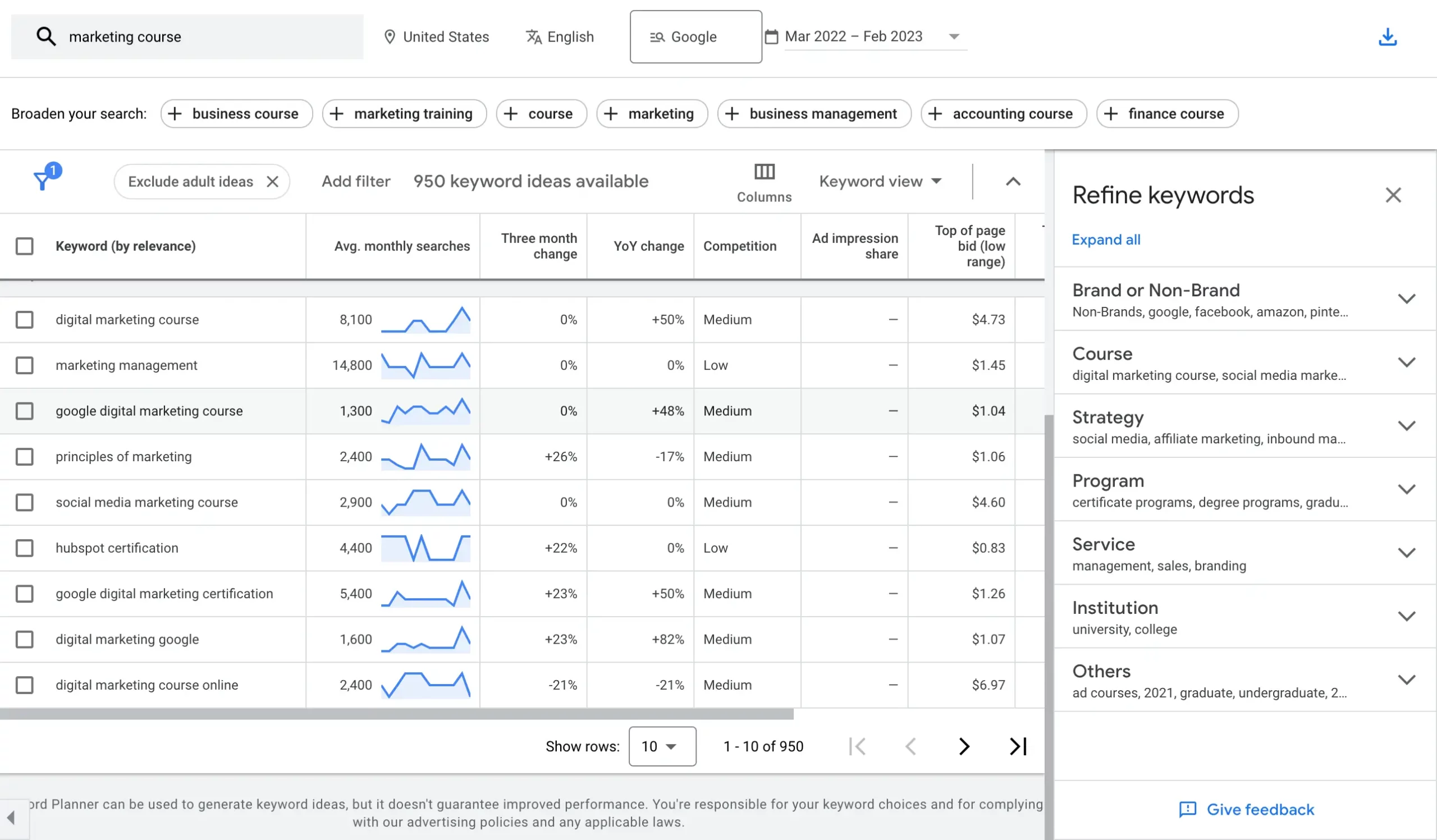
Now, when it comes to crafting your ad copy, you want to make sure it’s compelling and relevant to your keywords. Use strong headlines that grab attention, and highlight the benefits of your course in the description. Oh, and don’t forget those calls-to-action. You want to make it clear what you want your audience to do (hint: enroll in your course!).
When setting up your Google Ads campaign, be sure to use proper ad group structure. Organize your keywords into tightly themed ad groups, so you can create highly relevant ads for each group. This not only improves your ad quality score but also makes it easier to manage and optimize your campaigns.
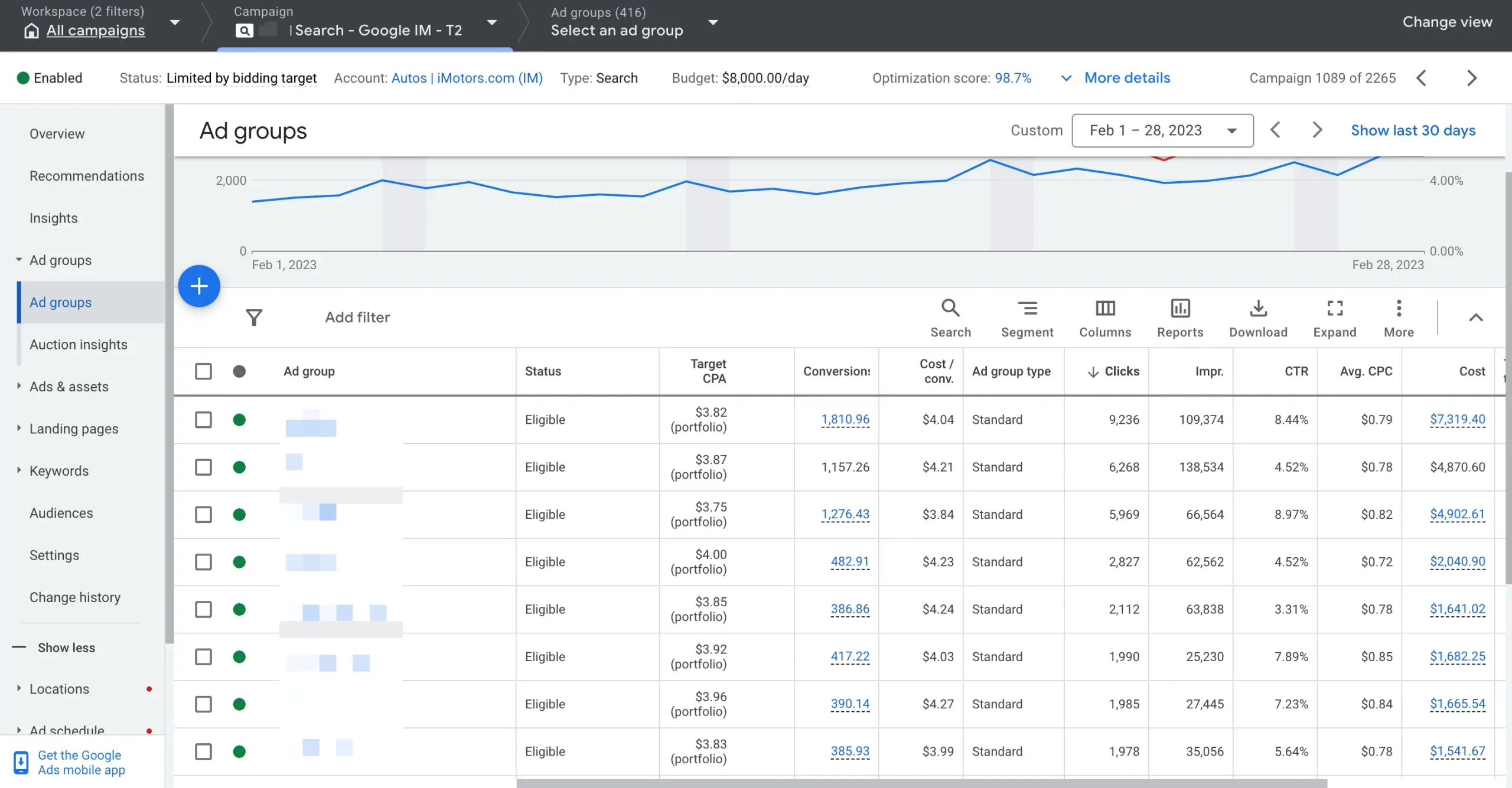
Speaking of optimization, keep an eye on your campaign performance and make adjustments as needed. Look at metrics like click-through rates, cost per click, and conversion rates to see what’s working and what’s not. And hey, don’t be afraid to test different ad copy, landing pages, or even bidding strategies. You never know what might boost your results!
One more thing. Consider using Google’s display network and YouTube ads to reach an even larger audience. These platforms allow you to target your ads based on demographics, interests, or even specific websites, giving you even more opportunities to connect with potential students.
5. Launch Retargeting Campaigns
Not everybody is going to convert the first time they come across your online course (as cool as that would be!) That’s where remarketing comes into the picture.
First up, let’s clear the air on these terms. They’re often used interchangeably, but they’re not quite the same thing. Retargeting typically refers to online ad campaigns that target users who’ve already visited your website, while remarketing is more about re-engaging users through email.
But hey, for our purposes, we’ll just lump them together as ways to reconnect with your potential students.
So, how do you set up a retargeting campaign? Most ad platforms, like Facebook and Google, make it super easy. You just add a little piece of code, called a pixel, to your website or landing page. This pixel tracks visitors and allows you to show them targeted ads as they browse the web or use social media.
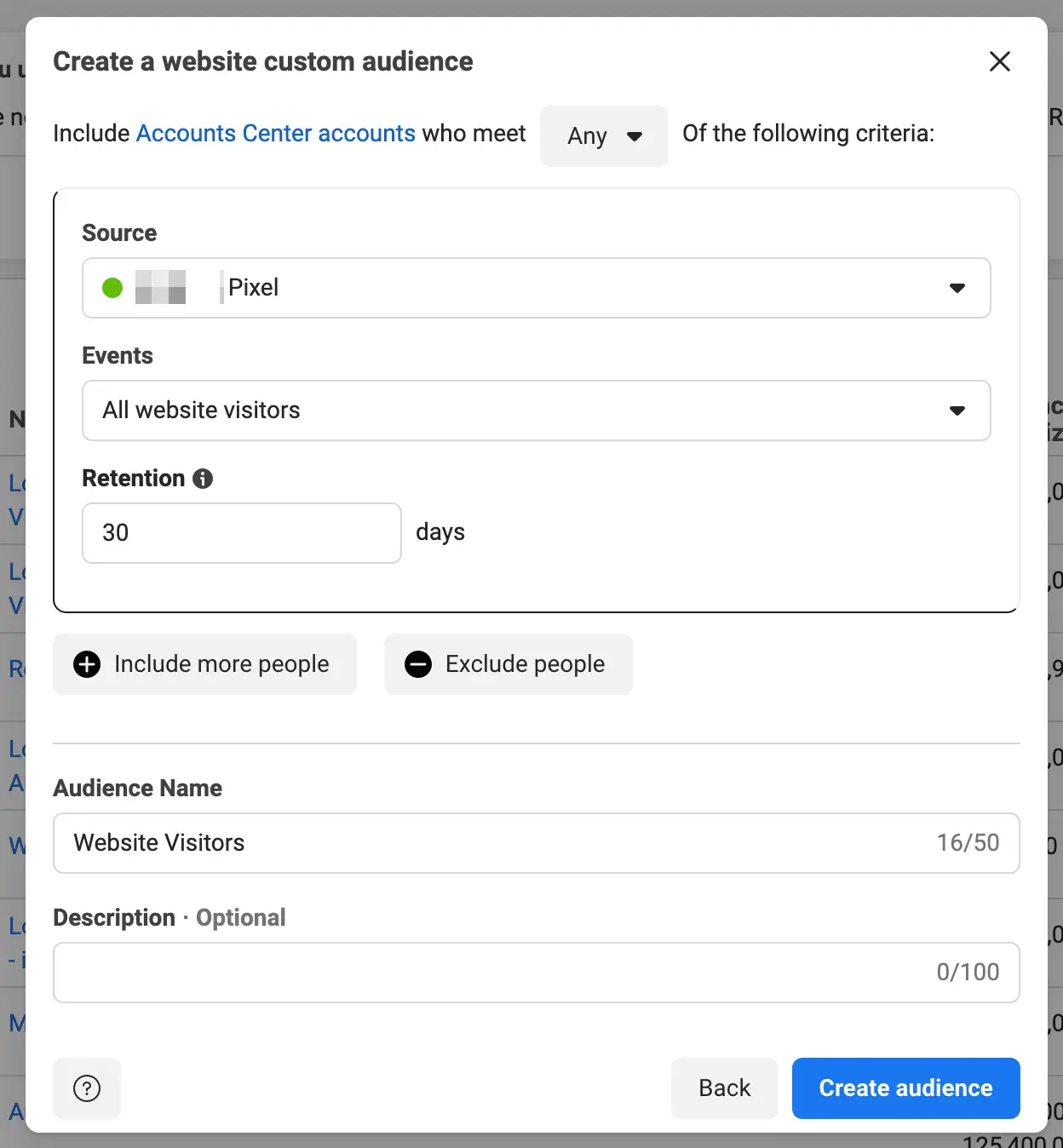
Now, when it comes to crafting your retargeting ads, you want to make them relevant and personalized. Show potential students what they’re missing out on by not enrolling in your course. Highlight the benefits, showcase testimonials, or even offer a special discount to sweeten the deal. The key is to create a sense of urgency and remind them why they were interested in the first place.
As for remarketing through email, this is where you re-engage those subscribers who showed interest but didn’t quite take the plunge. Send them a series of emails that provide value, address any objections they might have, and remind them of the benefits of your course.
The beauty of retargeting and remarketing is that they allow you to capitalize on the interest you’ve already generated. By reconnecting with potential students who’ve shown interest, you’re increasing the chances of turning them into paying customers.
6. Create an Affiliate Program
Lastly, let’s talk about affiliate marketing. You may have considered being an affiliate, but have you thought about creating your own affiliate program? With platforms like Teachable, it can be done in a few clicks!
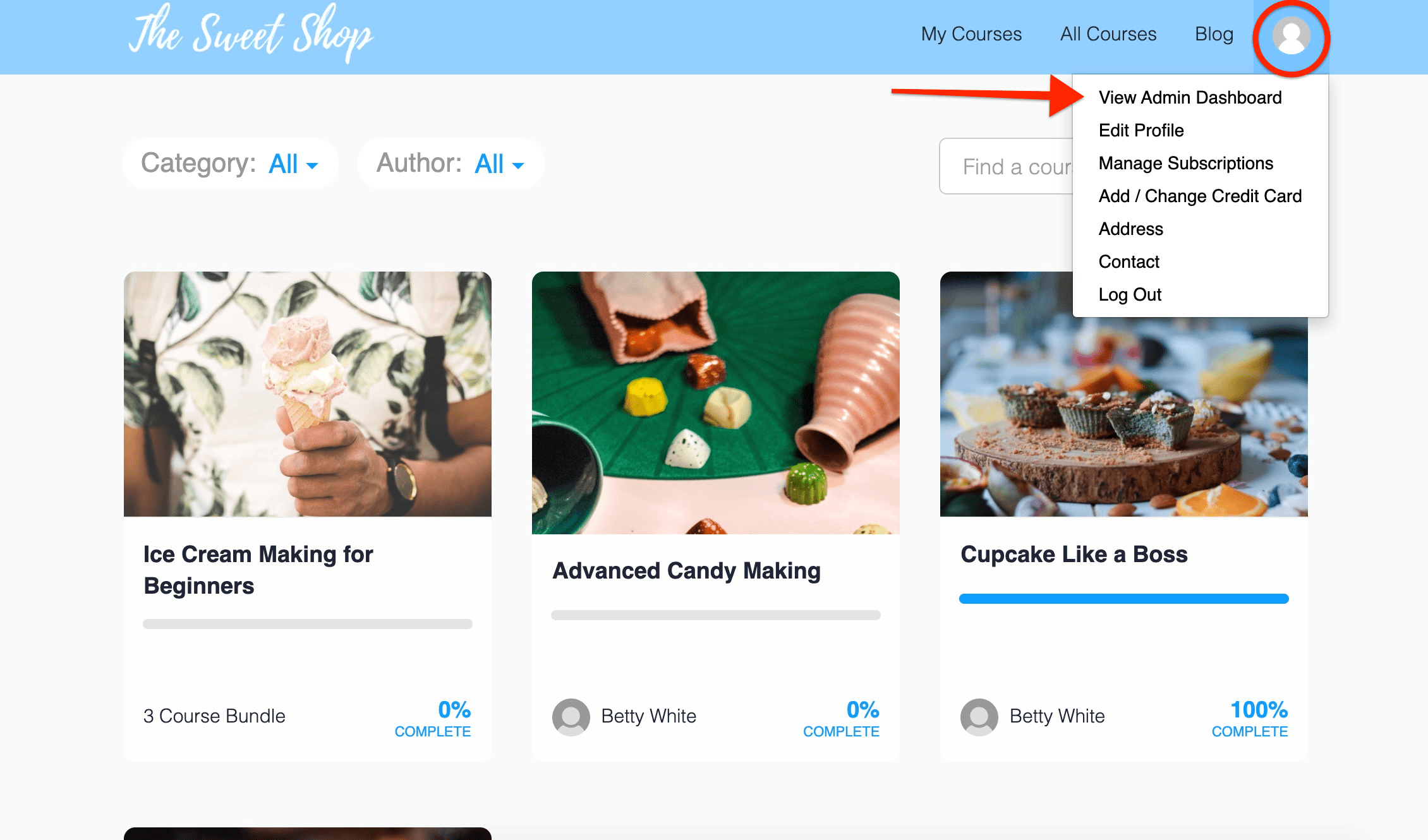
First up, you’ve got to decide on the structure of your program. I’m talking about things like commission rates, payment terms, and any rules or guidelines for your affiliates. Be generous with your commission rates–you want to motivate your affiliates to promote your course, but also make sure it’s sustainable for your business.
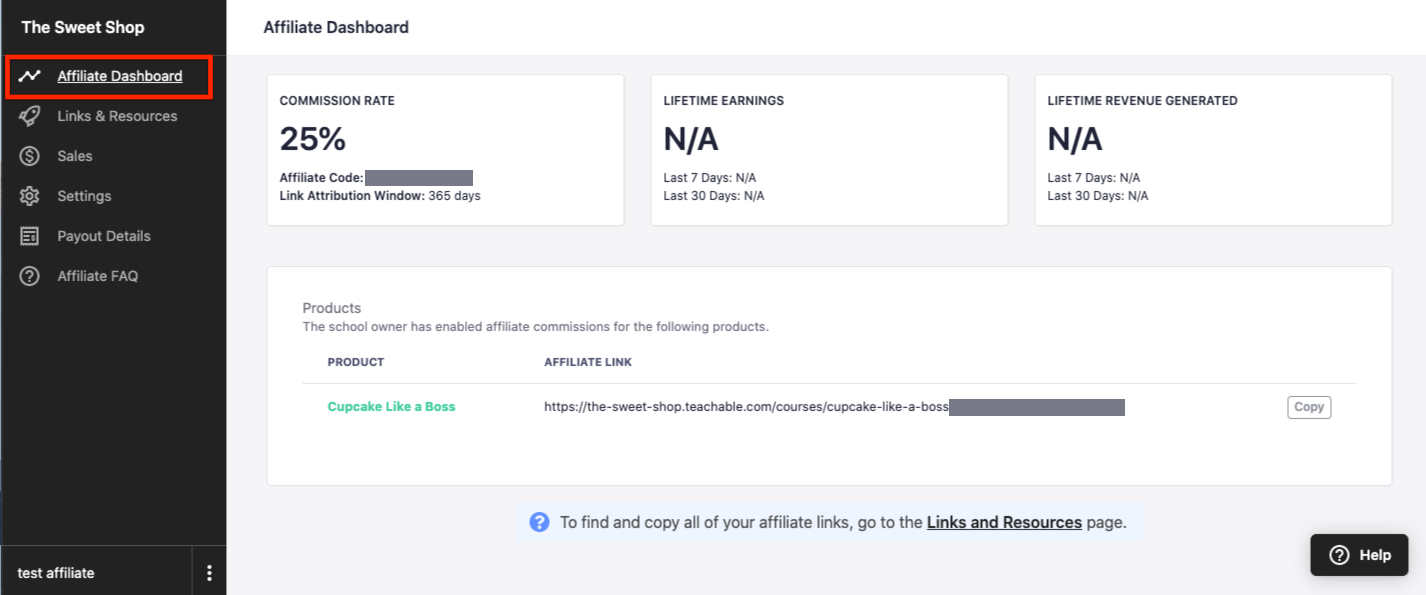
Now, when it comes to finding affiliates, think about who’s already in your network. Maybe you’ve got students who love your course and want to spread the word, or industry influencers who share your target audience. Reach out to them and invite them to join your program.
Once you’ve got your affiliates on board, it’s crucial to provide them with the tools and resources they need to succeed. I’m talking about things like promotional banners, email templates, and even unique discount codes they can share with their audience. Make it easy for your affiliates to promote your course and track their performance.
Speaking of performance, keep an eye on your program and make adjustments as needed. Monitor your affiliates’ sales, track their commissions, and be prompt with payments. Oh, and don’t forget to communicate with your affiliates. Keep them in the loop on any updates, promotions, or even new courses you’re launching.
Final Thoughts on How to Make Money Selling Online Courses
Selling online courses is one of my favourite ways to make money online. I’ve been doing it for several years alongside coaching and affiliate marketing, and it’s hands-down the biggest revenue driver. Here’s a recap about making money selling online courses:
- Choose a topic that you’re passionate and knowledgable about.
- Plan out the course curriculum and the value students will get from it.
- Pick a platform like Teachable or Udemy. They both have pros and cons.
- Sell your course for a price based on its value and what you provide. I.e. self-paced versus coaching and cohorts.
- Invest in paid ads on platforms like Facebook and Google to drive revenue.
- Promote your online course on social media, but don’t be too salesy.
- Build an email list to nurture subscribers and convert them into students.
- Start your own affiliate program to get students promoting your course.
Explore my online courses and coaching if you want to skyrocket your income and marketing skills.


